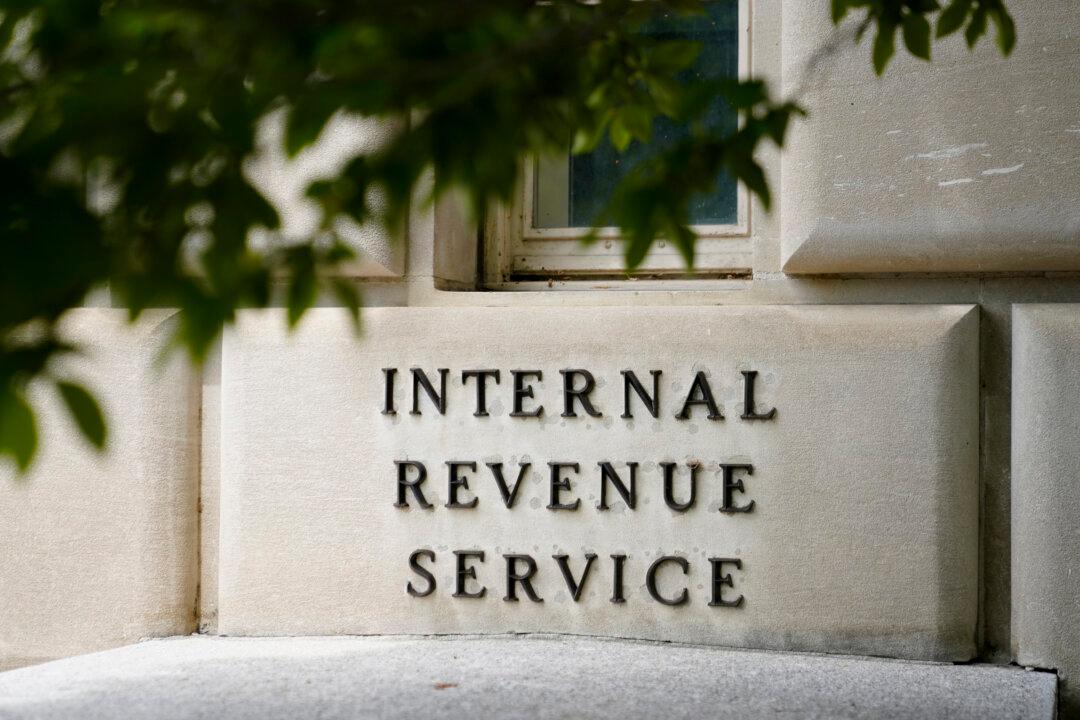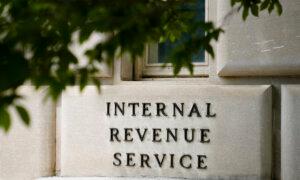The Free File program, which began 22 years ago, is a public-private partnership that allows eligible taxpayers to file their federal tax returns at no cost using online software provided by private sector companies.
This partnership, accessible exclusively via the IRS’s website, has grown in recent years as a preference for millions of Americans opposed to traditional ways of filing.
Increasing Usage
The IRS in its announcement reported that the Free File program experienced notable growth this year, with 2.9 million tax returns filed through the system as of May 11, marking a 7.3 percent increase from the 2.7 million returns filed during the same period last year.IRS Commissioner Danny Werfel emphasized the program’s importance, stating the program remains an important part of the IRS portfolio to help Americans file for free.
“We were pleased to see growth in the program this year, and we look forward to continuing this important collaboration with the tax software industry,” he said in the program extension press release. “Free File was part of a successful filing season at the IRS that saw increased interest in a range of free programs to help taxpayers.”
For the 2023 tax year, taxpayers with an Adjusted Gross Income (AGI) of $79,000 or less were able to access the Free File program.
Eight private-sector partners, including well-known providers like TaxAct, TaxSlayer, and TaxHawk (FreeTaxUSA), offer guided tax software products through the program. The IRS added that they ensure that all participating companies meet rigorous security and privacy standards to protect taxpayer information.
Those with an AGI over $79,000 were able to utilize the IRS’s Free File Fillable Forms, which provide a free option for preparing and filing federal taxes.
Other IRS Programs
In addition to the Free File program, the IRS highlighted increased participation in other free tax preparation services.The Volunteer Income Tax Assistance and Tax Counseling for the Elderly programs prepared 2.6 million tax returns this season, reflecting a growth of 200,000 returns compared to the previous year.
The IRS also experimented with a Direct File pilot program, allowing taxpayers to file directly with the IRS for the first time this year.
This initiative attracted several hundred thousand participants from 12 states, with 140,803 taxpayers utilizing the service to file their federal returns. Taxpayers from the following states were eligible to use the service—Arizona, California, Florida, Massachusetts, Nevada, New Hampshire, New York, South Dakota, Tennessee, Texas, Washington, and Wyoming.
The IRS initially launched to only certain taxpayers in those states, with a full scale launch to all taxpayers in those states prior to the end of this year’s tax season, noting early users had given the new option “positive reviews.”
Additionally, a coalition of 13 Republican Attorneys General has voiced strong opposition, labeling Direct File as an unnecessary and unconstitutional expansion of IRS authority.
They contend that this system creates a conflict of interest, as the IRS would act as both tax preparer and auditor, which could disproportionately affect low-income and vulnerable Americans, and threaten the livelihood of small tax preparation businesses.







